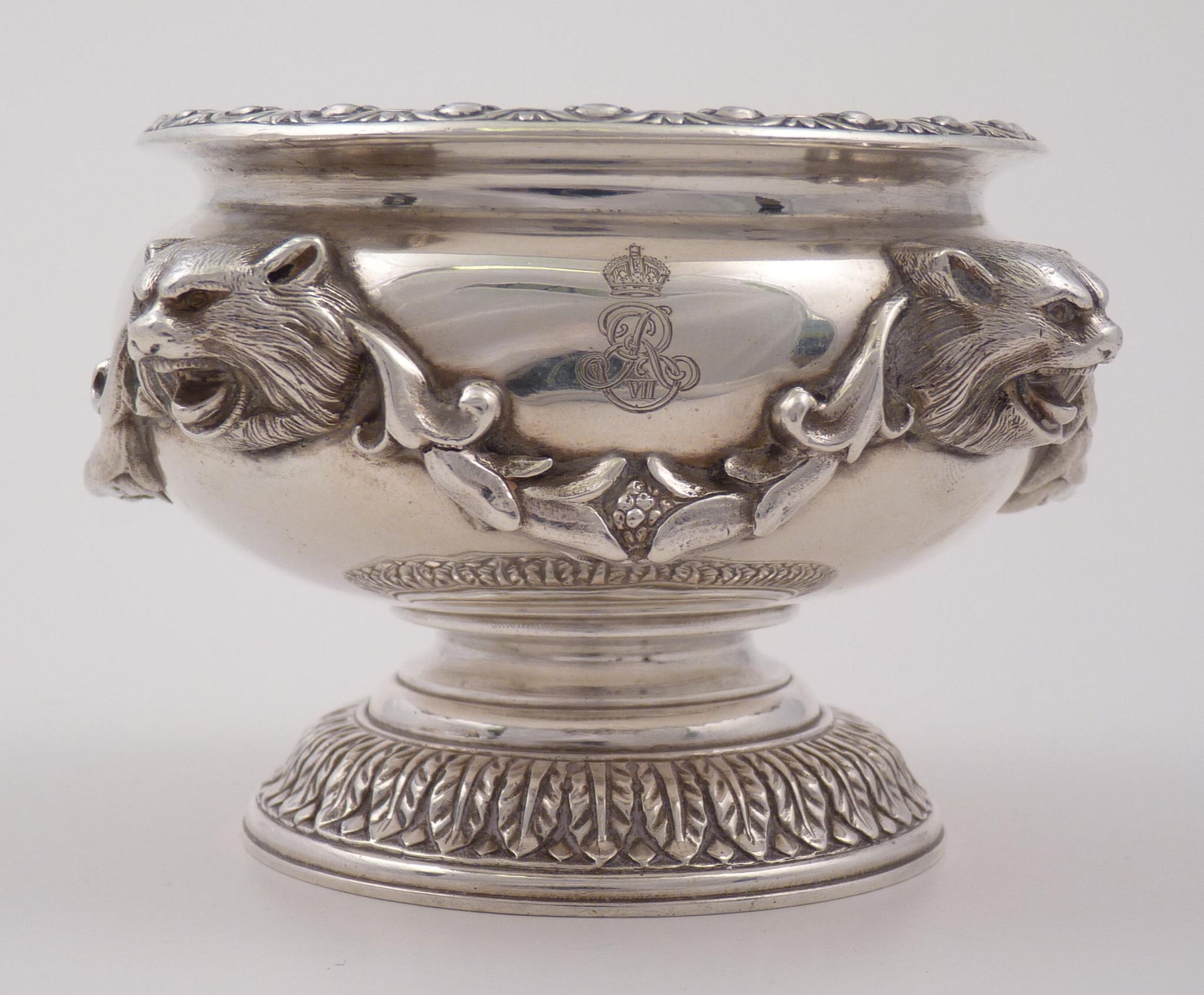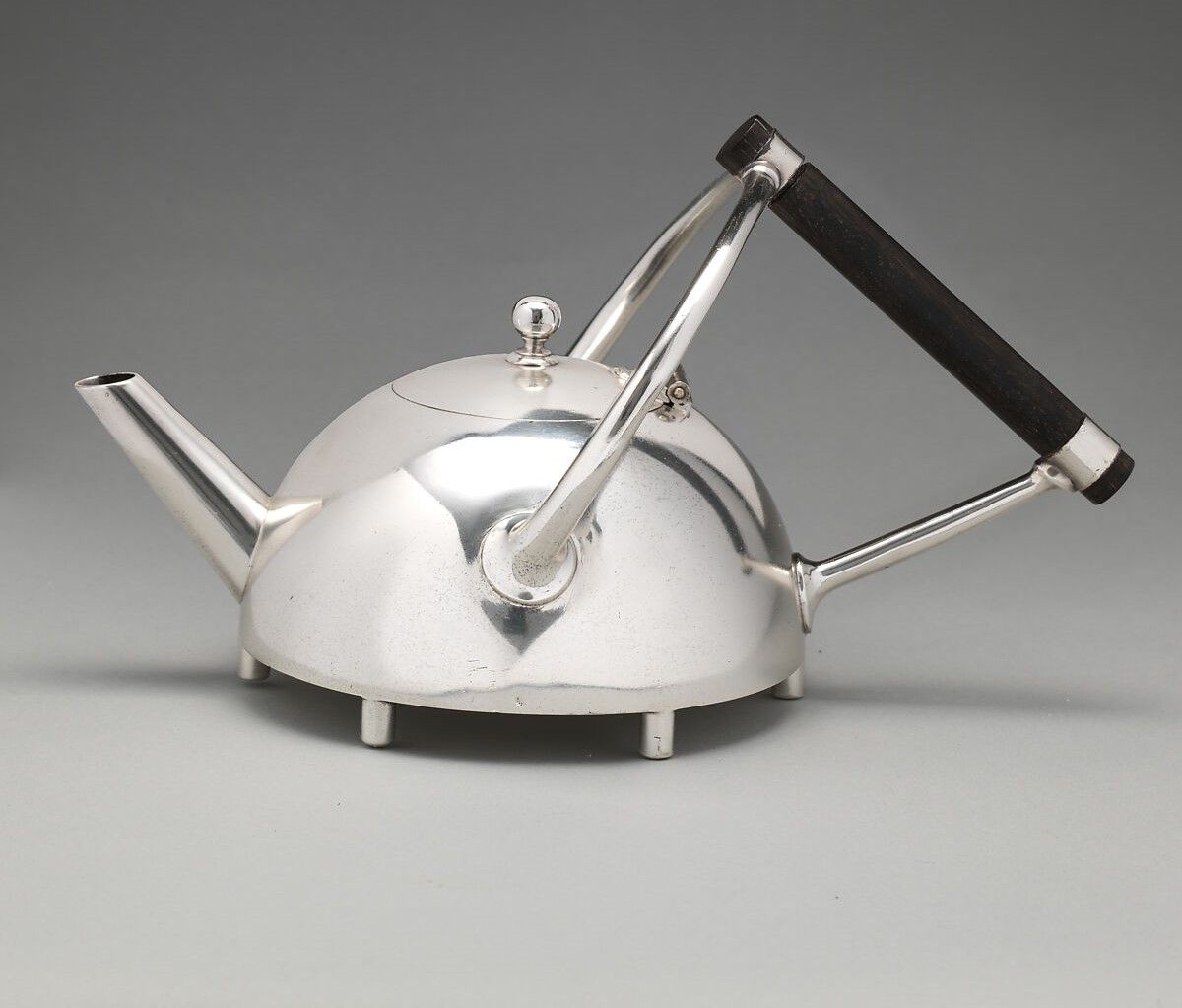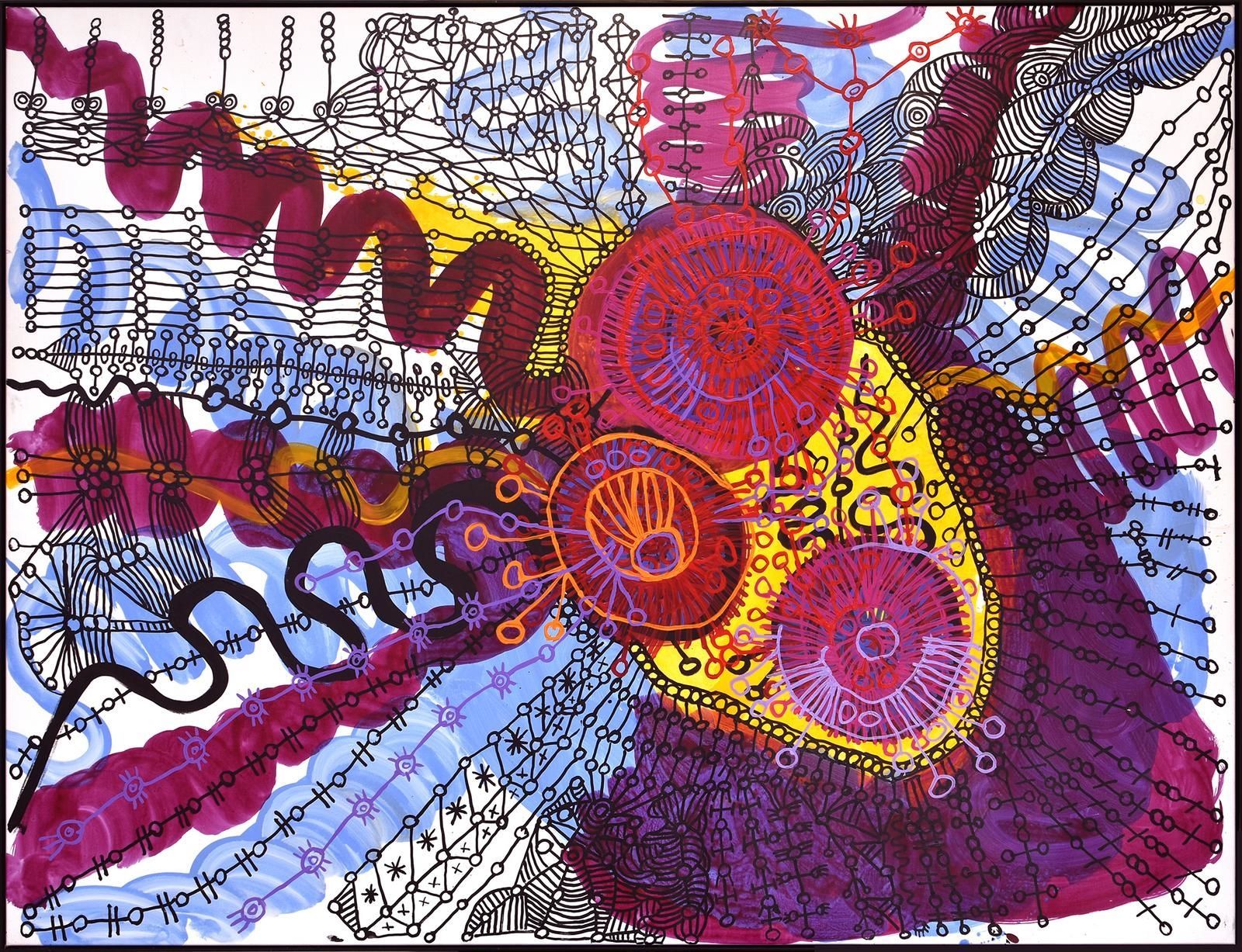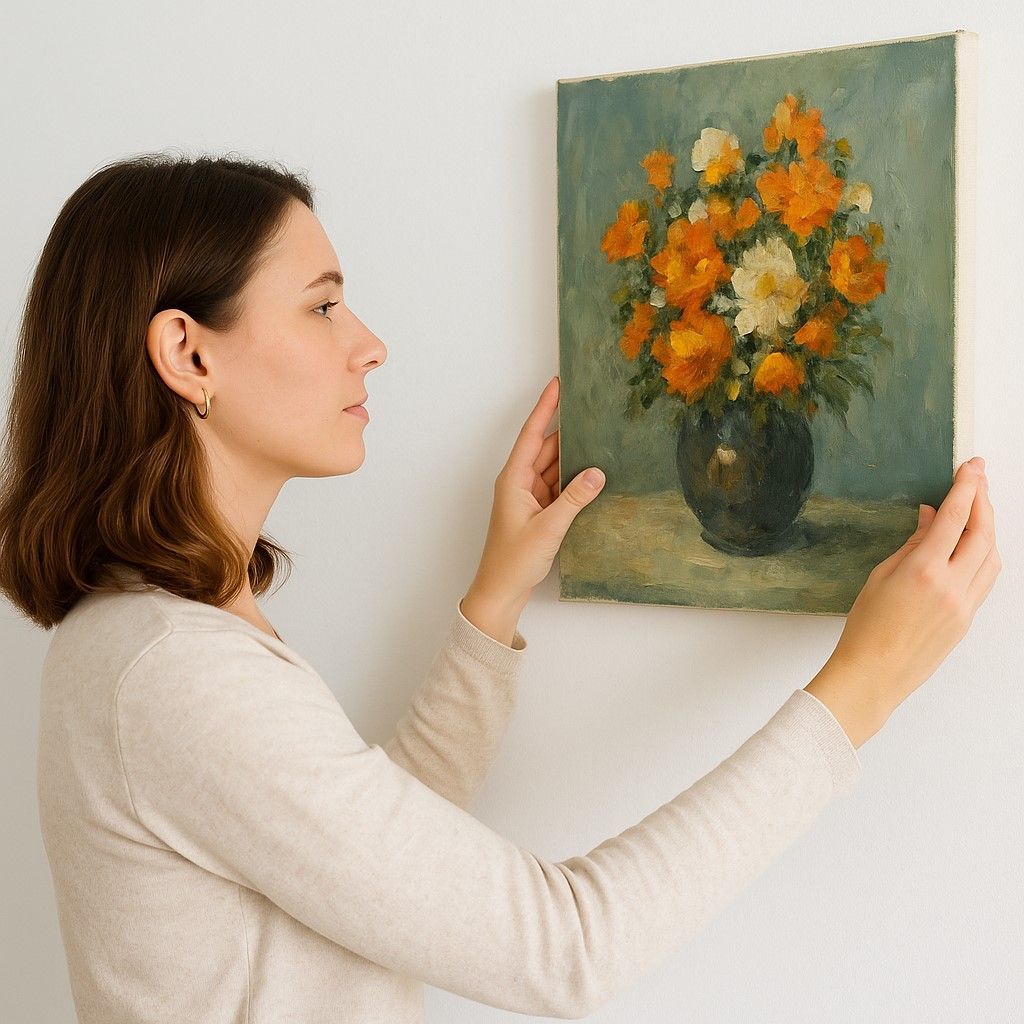Share post
Please find a short article about cleaning and storing silver by Kerry Hall below.

Storing and Cleaning Silver
In part one of our ‘Care and Maintenance Series’, we looked at displaying and storing artworks. In part two, we are now going to look at the storage and cleaning of silver. Many of our clients have silverware in their homes, be that a few treasured pieces or a full collection, and understanding how to properly care for these items is essential to preserving their beauty and value. In this article, we’ll explore best practices for storing silver to prevent tarnish and damage, as well as safe and effective methods for cleaning, so your silver can continue to shine for years to come.
Storing Your Silver
When storing silver, it is important to choose the right location: a cool, dry, and dark place that is free from moisture and direct sunlight is ideal. Once an appropriate location has been found, silver should ideally be wrapped in acid-free tissue paper and stored in an anti-tarnish bag. Anti-tarnish cloths or strips, which help neutralise tarnish-causing gases, can also be used. Including a silica gel packet can further help control humidity, as keeping silver dry is crucial to preventing corrosion. Experts also advise against storing silver in oak furniture, as oak emits acidic vapours (from tannins) that can accelerate tarnishing. If you’re storing silver in a wooden cabinet or drawer, it’s wise to confirm the type of wood and consider using a protective lining.
When it comes to storing lacquered silver, the approach differs slightly due to its protective coating. Like with unlacquered silver, these pieces should be kept in a cool, dry place away from direct sunlight, but unlike uncoated silver, they don’t require anti-tarnish bags or strips - in fact, some of these materials can damage the lacquer over time. Instead, wrap lacquered items in soft cotton cloth or acid-free tissue paper to avoid scratches. It’s best to avoid tight packing, and there’s no need to add silica gel packets, as overly dry conditions can affect the lacquer.

Cleaning Your Silver
The appearance of tarnish on silverware is very common and usually presents as a dull grey or black film caused by a chemical reaction between silver and sulphur-containing substances in the air. Sulphur-containing substances include paint, wool and certain foods found in the home as well as pollution or rotting organic matter.
If you notice your silver is tarnished, silver dip can be used to remove it. Silver dip cloth and applied carefully, often with cotton wool or a soft cloth (or even a cotton bud for smaller items), followed by thorough rinsing, drying with a soft linen tea towel or microfibre cloth, and finishing with polishing using a silver cloth. For more delicate or intricately detailed items, silver polish may be a better option, as silver dip can be difficult to rinse fully and may leave residues in crevices. Additionally, silver polish often leaves a thin protective layer on the surface, which can help delay future tarnishing.
How often you should clean your silver depends on how frequently it’s used and how it’s stored. Silverware or jewellery that’s used regularly benefits from cleaning every few weeks or after use to prevent tarnish accumulation. Items on display or used occasionally can be cleaned every three to six months, or as soon as you notice tarnish appearing. If your silver is properly stored - such as in anti-tarnish bags or if it’s lacquered - you can often wait up to a year between cleanings. The key is to clean silver gently and regularly before tarnish becomes heavy and difficult to remove.
On the other hand, while keeping silver clean is important, cleaning it too often or using harsh methods can cause damage. Frequent polishing gradually wears down the silver, which can thin delicate pieces or erode finer details. For lacquered silver, over-cleaning can remove the protective coating, leaving the silver exposed to tarnish. Using abrasive cloths or strong chemicals may also scratch or dull the surface. Additionally, some people appreciate the natural patina that develops over time, which can be lost with excessive cleaning. It’s a fine balance but overall, cleaning your silver only when necessary and gently will help it last the longest.
Conclusion
I hope you found this instalment of our ‘Care and Maintenance Series’ interesting and helpful. Taking the time to properly store and clean your silver not only preserves its beauty but also ensures it can be enjoyed for many years to come. If you have any questions on this or if you would like a valuation of your silverware, please do not hesitate to contact the team at Quastel Associates.











